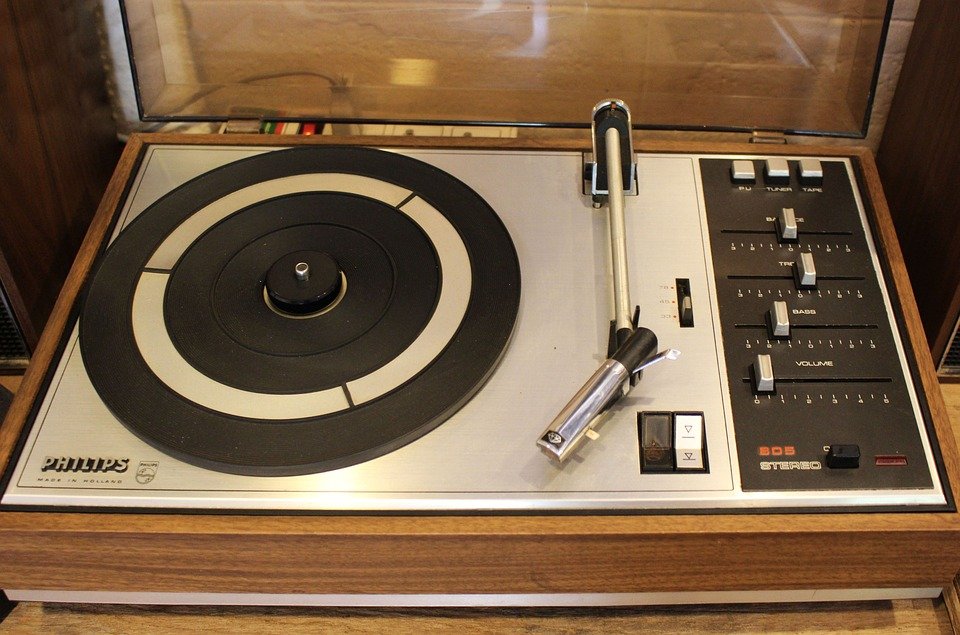Today’s homes feature huge televisions and great entertainment centers. Fifty-inch plasma televisions are equipped with DVD players, game systems, surround speakers, and a variety of other media accessories.
For this reason, homeowners need an attractive way to display and organize all of their electronic devices. TV stands and TV credits are an excellent way to do this, but how do you know which piece of storage furniture to choose?
TV booths and Crédenzas are similar, but there are some identifiable differences. The main differences between the two are length and functionality. Traditional TV stands are usually a few inches taller, while TV stands generally offer more shelving and storage space.
Entertainment consoles are often designed to handle more electronic accessories that accompany your TV, while TV stands are more suitable for a room with a less extensive media setup. For example, you might want a TV stand in your bedroom, but a TV credit card might be more appropriate for a basement or family room.
In many cases, TV stands can double as coffee tables with their elegant looks, accessible designs, and comfortable height. However, many people use them to display their electronic devices because they have an attractive design and exceptional storage capabilities.
No matter which model you choose, it’s important to purchase leisure furniture designed to handle the size and weight of your electronic devices. You don’t want to buy a TV stand or TV stand that’s too small to hold securely, but you also don’t want your electronics to dwarf your furniture.




